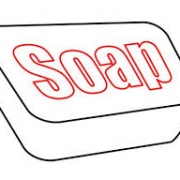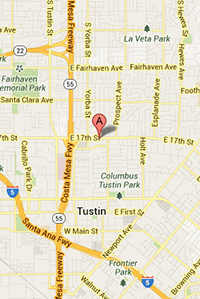SOAP, Beyond Clean! Part 1
Recording a good history of a patient during an examination is the first step to a proper diagnosis. This is why S.O.A.P notes, an acronym for subjective, objective, assessment, and plan, are so important to all health care professions. First, this essential framework of a medical examination consists of noting subjective elements, such as a chief complaint. These help paint a picture of why a patient is presenting in my chair and include medical conditions, medications in use, smoking status, family and social history. Often I can formulate a diagnosis based on this essential step.
This may not seem intuitive, but effectively utilizing subjective questions can develop a chief complaint that may be vague. For example, many patients present with a complaint of “my eyes are often red”. Red eyes commonly illicit thought of the viral infection pink eye. However, red can signify allergy, dryness, or a host of other infections. Gathering subjective history allows me to determine when and how the redness began, if it is constant or intermittent, occurring in one or both eyes, or if there is a related medical history. I can then quickly narrow down potential diagnosis.
Another common example is a chief complaint of blurry vision either at distance, up-close or both. During my subjective course of an examination I will review social issues regarding daily use of vision such as driving, reading, and computer use. I proceed to discuss what patients do for a living, often uncovering a 12-hour day of digital device use!
Discovering such facts about a patient’s daily routine exemplifies how this first piece of my examination help me determine which tests I will need to complete to find a diagnosis and treatment. Watch for the next part of the series SOAP, Beyond Clean! for a look at the objective examination, or the “O” of SOAP.
Blog written with Moamen Rizk, Optometry Intern, College of Optometry ,Western University of Health Sciences


